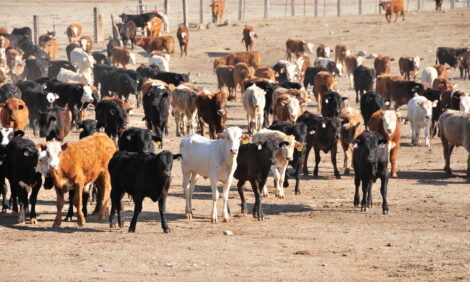



Investment Priority for New Zealand Beef and Lamb Sectors
NEW ZEALAND - Investment in research and development is a priority for the New Zealand beef and lamb sectors.In outlining the policy priorities for the incoming New Zealand Government, Beef + Lamb New Zealand Chairman, James Parsons said that the policy manifesto covers a range of issues that will support a confident and profitable sheep and beef sector.
And he called for government funding to continue alongside industry investment.
“The red meat sector is hugely important to the New Zealand economy – worth $8.5 billion a year, so it’s critical that the incoming government is aware of the issues that affect our sheep and beef farmers,” Mr Parsons said.
“Our first priority is securing investment in research and development that will increase farm productivity and continue adding value to our sheep meat and beef products.
“It’s of critical importance to New Zealand sheep and beef farmers that government funding continues alongside industry investment in areas like Beef + Lamb New Zealand Genetics, research into farm systems, forages, pest and weed management and mitigating environmental impacts like greenhouse gas emissions.
“The environment is a significant focus for us and determining nutrient discharge regimes in an equitable manner is important.”
Mr Parsons said continued funding for Primary Growth Partnerships with the sheep and beef industry was needed to arm farmers with step-change infrastructure and tools to encourage greater efficiency and profit.
More work will be required to remove barriers to our exports in key existing and developing markets with a particular focus on the on-going negotiations towards a bilateral free trade agreement with Korea and the Trans-Pacific Partnership agreement.
Equally, attracting and retaining a skilled workforce is critical to the success of the sector and Beef + Lamb New Zealand wants to work with government to promote careers and pathways for young people entering sheep and beef farming.
“We’d like to see government recognition that the cost of tertiary agricultural education is more expensive than education leading into many other industries. Reducing this cost will be a key driver in achieving the target in the People Powered report of 50,000 more workers in the primary sector by 2025,” Mr Parsons said.
This report looked at the expected capability needs for each of the primary industries, along with the services that support them.
TheCattleSite News Desk


